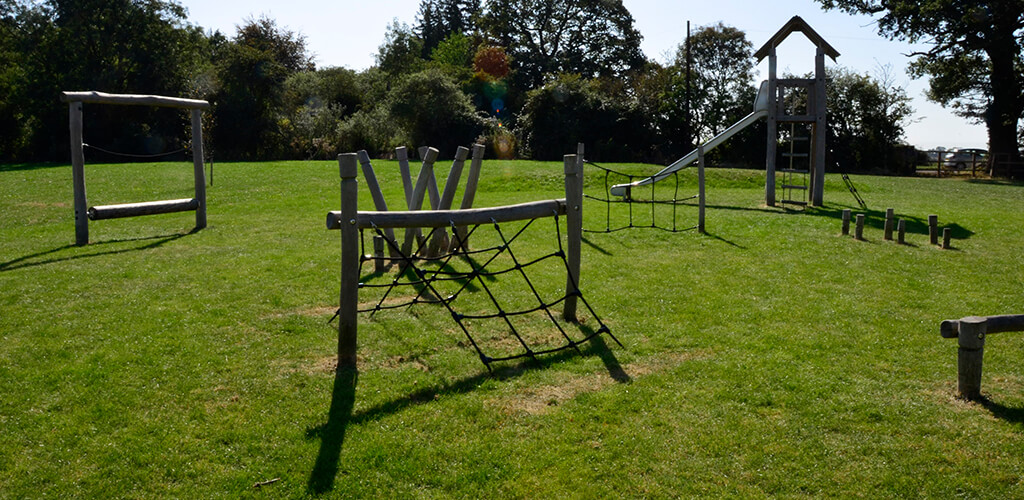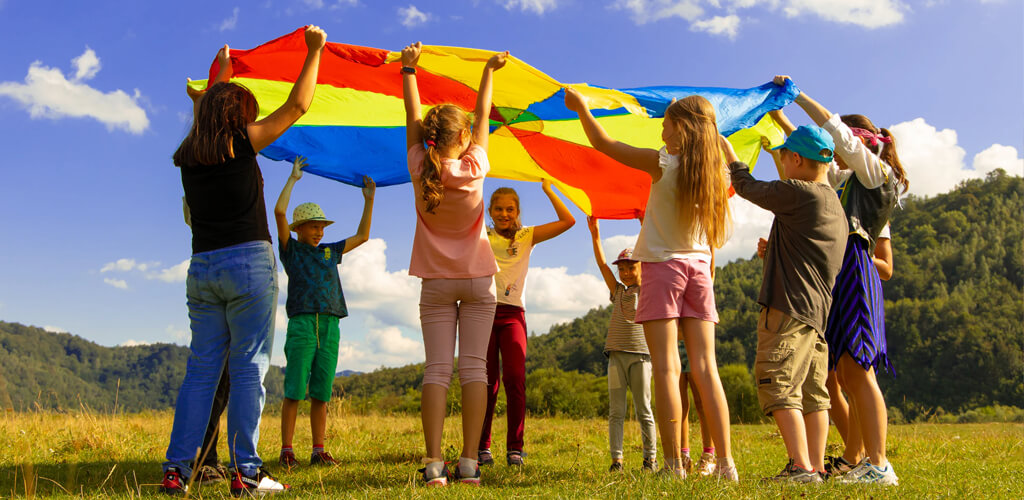Play and Wellbeing Tips for Improving Children's Wellbeing

Providing safety surfaces for both domestic and public settings, the team at Playsmart champions playgrounds as places for play and wellbeing.
Playing outside, in a park, garden, or playground, increases the health and wellbeing of children. This is because it encourages life-long skills of productivity, creativity, and forming relationships.
Especially in this technological day and age, children from a young age are spending most of their free time indoors on electronic devices, be that a mobile, iPad, television, computer, or games console. The increase in children’s screen time, coupled with pressures of school and home, calls for encouraging outdoor play. When in a liberating outdoor environment, there is a notable change in children’s behaviour. Playing outdoors in school breaks, lunches, and free time, also on the weekends in parks, creates a place of freedom and a form of escapism.
When playing in communal places, children learn essential social skills, like making friends and sharing toys/equipment with peers. The English Outdoor Council states that children playing outdoors “extends their personal horizons through greater appreciation and understanding of the world and its peoples around them”.

In terms of health, children’s mental health and physical growth are key factors in encouraging outdoor play.
Getting fresh air from the outdoors and vitamin D from the sun promotes the release of serotonin, balancing children’s moods and boosting the feeling of happiness. Playing outside and being active helps develop children’s bones, strengthens joints and muscles, and works the cardiovascular system while developing motor skills like hand-eye coordination. The positive physical effects of outdoor play are endless. They are also more important than ever, with 30% of children in the UK overweight. To prevent obesity in adulthood and its later development into diabetes, outdoor play is more important than ever before.

Outdoor play in the school curriculum, in lessons, and free time is a perfect opportunity for children to release energy and learn in a different environment.
When playing outside on the daily mile tracks or children’s play area, students take ownership of their own learning and get to experiment with their style and approach to learning. The outdoors develops soft skills of problem-solving and critical thinking. Whereas the classroom cultivates hard skills of knowing how to count, read, and write. Giving students the freedom to take responsibility for their learning and make decisions on their preferred learning environment generates interpersonal skills. Imagination and intellect are linked to time spent in the outdoors. Playing, exercise, and learning outside nurture children’s sense of self and increase their confidence.
The OPENspace Research centre discusses the experience of the outdoors and how it “has the potential to confer a multitude of benefits on young people’s physical development, emotional and mental health, and well-being, and societal development. Mental health and wellbeing benefits from play in natural settings appear to be long-term, realised in the form of emotional stability in young adulthood.” With Playsmart’s fifteen years’ experience within the playground safety surfacing industry, the team are dedicated to creating a safe and high-quality playground flooring that will exceed children’s mental and physical needs.




That was a fascinating post! Children benefit from playing at playgrounds in a variety of ways. It not only improves their physical health but also enhances their mental fitness and social abilities. Children who play in their natural environment experience less tension and anxiety, allowing them to be more playful and completely enjoy their time. It also aids children in making sense of challenging concepts.
Excellent article! Children require physical activity all through the day, and encouraging outside play allows them to get some fresh air and learn more about their surroundings. Practical learning in the natural environment, I believe, helps young children enhance their self-esteem and physical and mental health.